Here Comes the Sun

Bill McKibben, founder of the climate action organization Third Act, has a warm, hopeful tone in his voice that inspires people. Even on the written page he is an enthusiastic storyteller. I heard him speak in person in July 2024, so as I dove into his newest book, Here Comes the Sun, I imagined him reading aloud to me, drawing some of his uplifting energy into my day. Even if you’ve never heard him speak, I think you’ll really enjoy his book, and I’m eager to tell you about it.
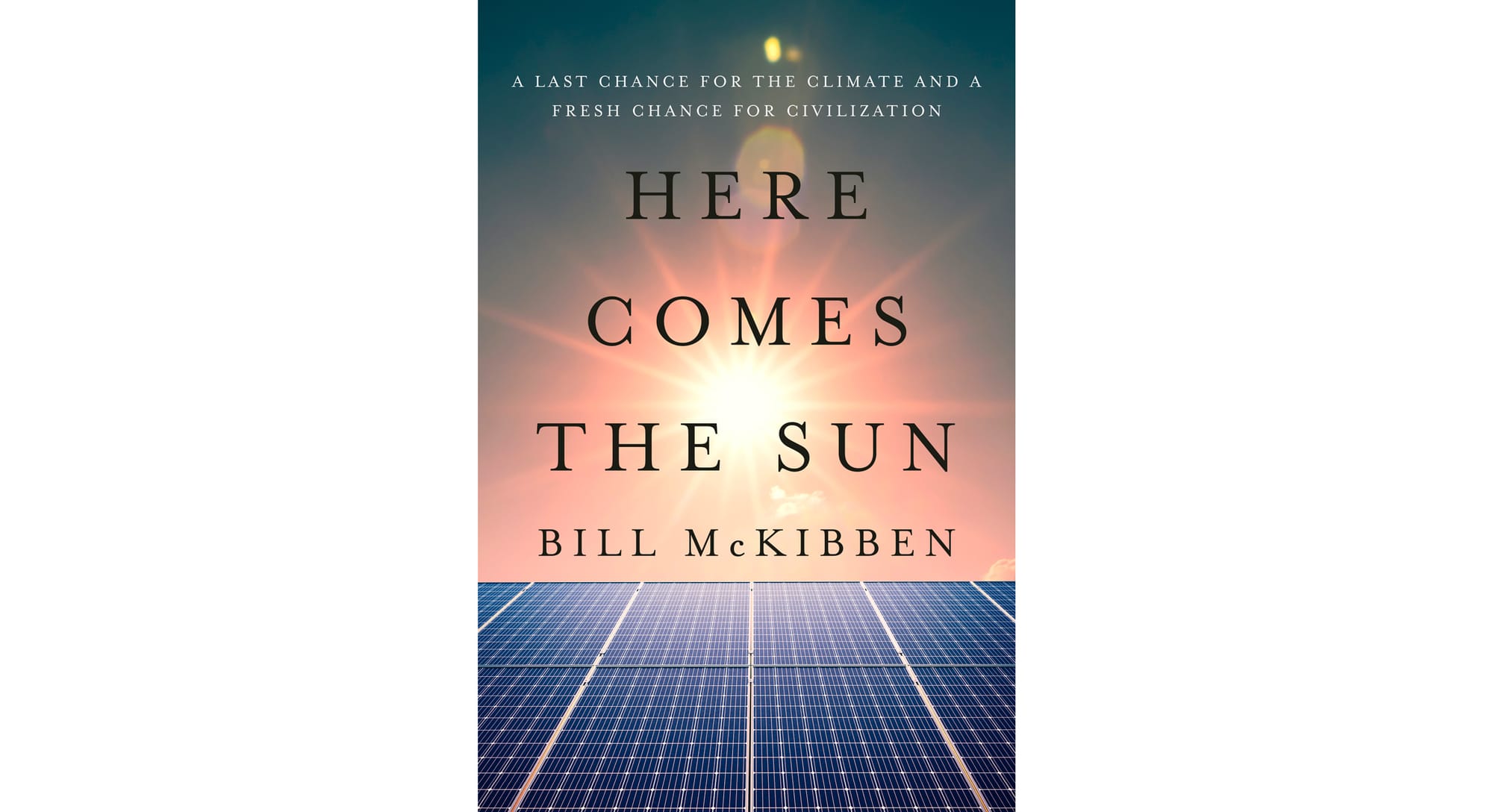
Just rereading the book to write this post, I became enthused all over again. Here in the United States, there’s a bit of gloom for me about climate action because the focus has become more fundamental, a fight for democracy itself. If you read the book though, it might cheer you up, like it did me, because the world hasn’t stopped forging ahead with solar energy just because America lost its way. McKibben emphasizes there’s still a chance for the planet because energy from the sun is now the cheapest form of power on Earth. He says:
“Sometime in the early part of the 2020s we crossed an invisible line where the cost of producing energy from the sun dropped below the cost of fossil fuels. That’s not yet common knowledge—we still think of photovoltaic panels and wind turbines as “alternative energy” as if they were the Whole Foods of power, nice but pricey. In fact—and more so with each passing month—they are the Costco of energy, inexpensive and available in bulk.”
That quote is on page 3 of the Introduction. From then on I was hooked, hungry to learn more about this chance, not just for my grandchildren to have a clean energy future, but for the billions of people on our planet—ones whose only option is dirty diesel and kerosene—who now may get access to cheap, reliable, clean electricity. In fact, that was my favorite chapter in the book: But Can the Poor World Afford it? which followed the chapter called: Can We Afford it? (Hint: we can!)
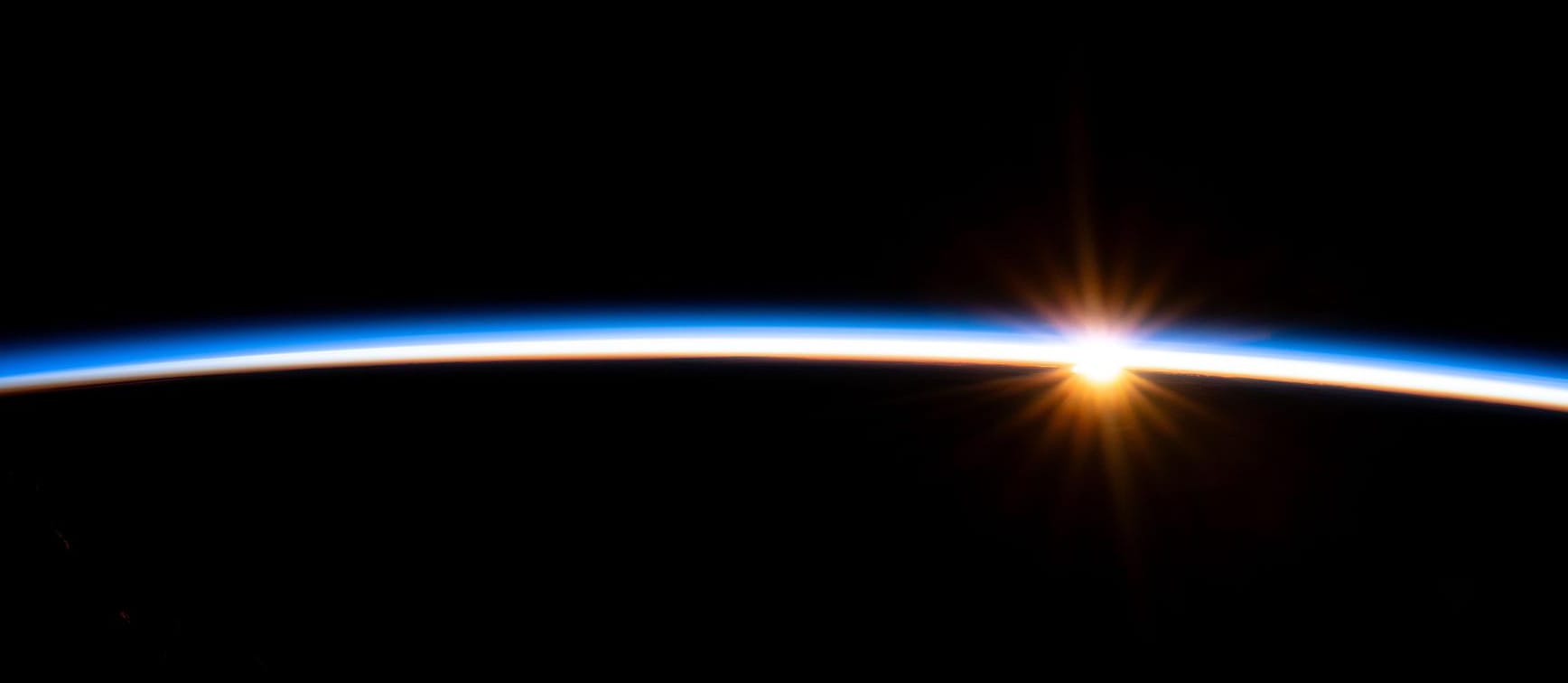
In that chapter, McKibben tells the story of Pakistan, a poor country that is blessed with plentiful sun. He starts with a mystery, saying,
“Beginning in 2023, energy analysts started noticing something bizarre: demand for electricity on the national grid had begun to fall, and substantially—Pakistanis seemed to be using a tenth less electricity.”
No one understood what was causing it.
They couldn’t figure it out until in 2024 someone studied Google Earth images and spotted solar panels everywhere—on rooftops, in farmer’s fields. Unbeknownst to the utility companies or the government, people were installing solar panels on their own. Panels from China became cheaper and more reliable than grid power in the cities and also cheaper than the diesel used to pump water onto the fields. In 2024, diesel sales in Pakistan fell 30 percent, while the equivalent of 30 percent of the nation’s electric grid was installed, panel after panel, by Pakistanis without any government help. McKibben quotes a Pakistani solar entrepreneur who says,
“A 3-kilowatt inverter with, you know, maybe four or five panels is now routinely included in a bride’s dowry.”
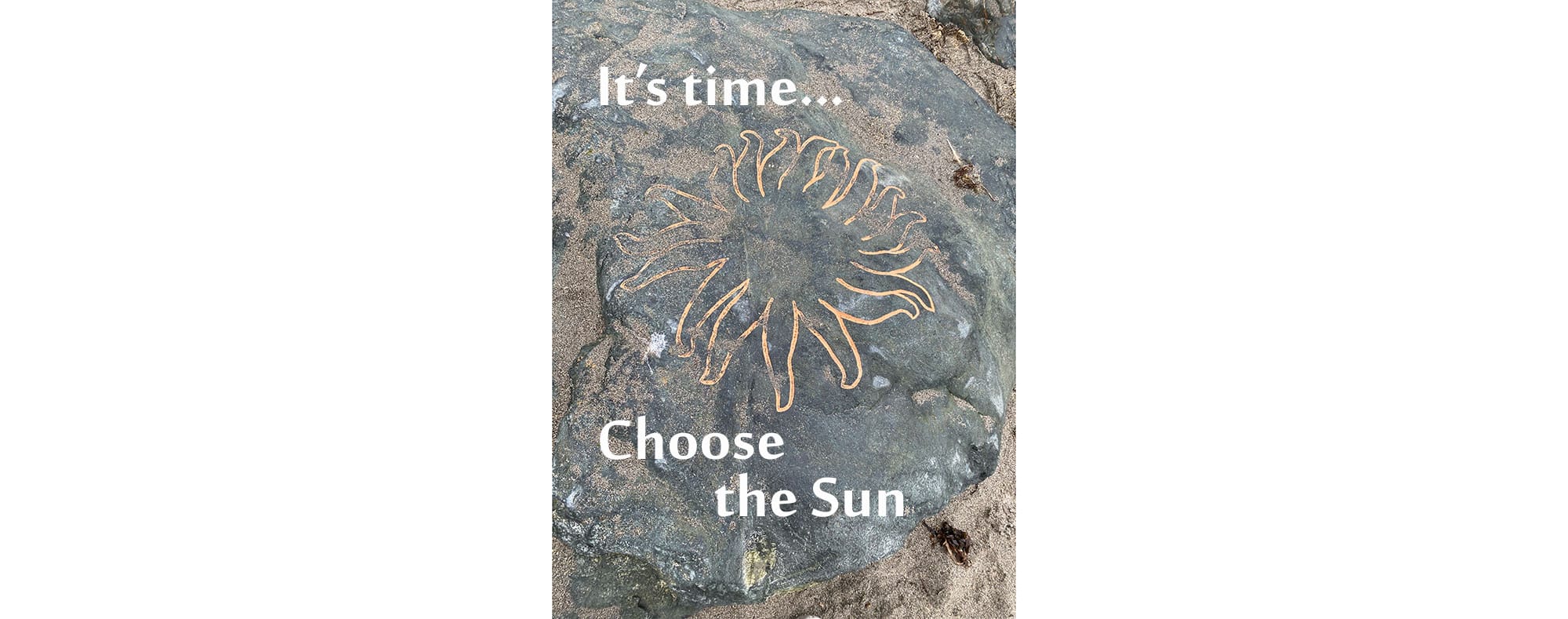
That story shows the huge potential for change—fast and unstoppable. The government can help, but it’s really down to the choices of people. Why wouldn’t you and your neighbors spend your money on solar if the economics make it cheaper than fossil fuels? Even oil rich, but sunny places like Texas and the Mideast are investing in solar. It just makes sense.
Bill McKibben doesn’t know if the change will happen fast enough to stave off the worst of the warming, but the opportunity is here, finally. There are challenges to overcome because the upfront installation expenditures must often be financed for many around the world, but manufacturing is constantly being refined to bring down costs, and panel efficiencies are rising so fewer panels are needed to produce the same amount of power. McKibben tells great stories about all that progress in the opening chapters.
My one heartache, after reading this book, is that I can’t have solar on my own roof. There is too much shade from tall trees blocking the sun. I am lucky though that the electricity I use is mostly generated from non-fossil hydro, and I have banished fossil gas from my home and my car. Oddly, the only time I use fossil energy directly in everyday life is when I step on a bus. I still hold out hope for a community solar project I could buy into, and I often scheme about that one sunny spot in my front yard… could I get a panel or two squeezed into it? Someday, I might find the solution.

So, everyone please read this book and get inspired to join our exciting sun revolution. The more everyone uses the sun to power their lives, the more it will catch fire until it’s what everyone desires, just like those brides in Pakistan that bring sun power with them as they marry.
McKibben ends his intro chapter with this observation about the unexpected, rapid rise of solar power across the planet:
“And in true Hollywood fashion, our liberation and our destruction are arriving at precisely the same time, offering us a remarkable choice. Everything is going wrong, except this one big thing. Our species, at what feels like a very dark moment, can take a giant leap into the light. Of the sun.”
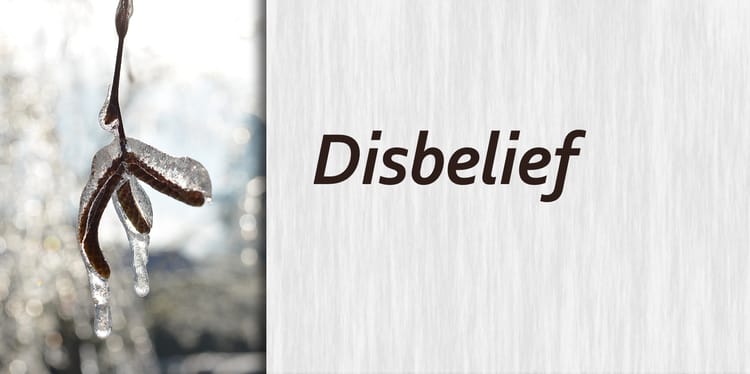


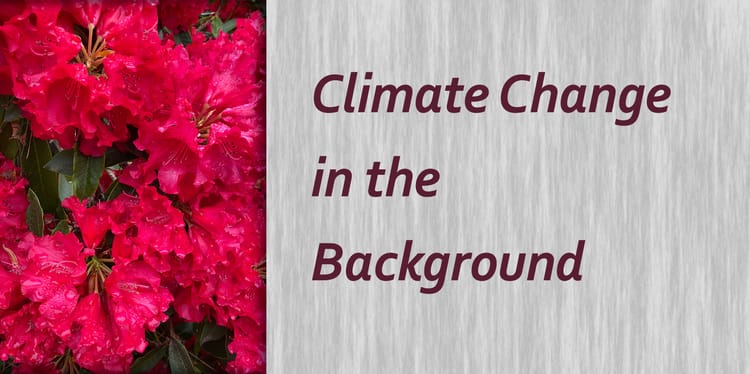

Member discussion